Product: Fresh Mulberry Leaves, Dried Mulberry Leaves
Origin: Vietnam
Produced by: Agroviet
Usage: Food for Shrimp
———————————————————————————————————————————–
Mulberry leaves are a great treat for shrimp, providing shrimp with many important ingredients as supplemental food sources that contribute to the well-being of shrimp, e.g., it helps the molting process. Mulberry leaves also have a higher protein content and calcium.
Mulberry leaves also contain important and valuable fiber, vitamins, minerals and various trace elements for shrimp. In addition, decomposing Mulberry leaves over time also provide an important content of nutritious biofilm, which shrimp love as they graze on it.
Although mulberry leaves initially float on top of the tank, it starts to sink relatively quickly to the bottom of the tank. Mulberry leaves can also be held down using a small stone.
Adding Mulberry Leaves To Your Shrimp Tank
Mulberry leaves can be added directly into a tank after a short over brewing and little a “steep / soak”. Due to the relatively soft cell structure of mulberry leaves, it doesn’t take too long until your shrimp will pounce on it. Mulberry leaves can also be kept in the aquarium until they’re completely eaten by the shrimp.
How Many Mulberry Leaves Should You Use?
Depending on the number of shrimp that are in your aquarium, you can use around 1-3 Mulberry leaves per 20 liters of aquarium water.
All shrimps love to graze on them. Having an assortment of leaf litter in your shrimp tank also helps to ensure baby shrimp get through their first few weeks. Mulberry leaves contain fibre, vitamins, calcium, potassium, magnesium and zinc, which will enhance the health of shrimp.
Dried Mulberry Leaves are a great solution as a supplementary food for freshwater shrimp in the aquarium.
Natural Mulberry Leaves don’t contain as much tannin as similar leaves such as Catappa or Guava, and won’t discolour aquarium water.
Benefits Of Adding Mulberry Leaves To Your Aquarium:
The tannins that’s released into the water have anti-bacterial properties. Another benefit of using mulberry leaves is that the leaves are safe to use with all freshwater fish.
Remember that you don’t need to dry the leaves before putting them into your tank. The fresher the mulberry leaves are, the more nutrients are retained.
The process is rather simple:
Blanched Method
- Fresh leaves washed in tap water
- Blanch for 2-3 minutes in boiling water
- Drain and let cool
- Drop it into the tank
Alternatively, you can simply drop mulberry leaves into your shrimp tank without having to blanch them first.
Adding Fresh
Just wash and add to the tank (But shrimps won’t start eating unblanched leaves until after a few days when the leaves naturally soften).
Storage
You can choose to use a dehydrator to dry the leaves. This serves as a good way of storing excess mulberry leaves, e.g., over the winter, when mulberry leaves aren’t available.
You can also choose to freeze mulberry leaves in a Ziplock bag (after washing). Mulberry leaves will soften faster in the tank as if it was blanched. This is a preferred method as it retains more nutrients than drying.
The Benefits Of Mulberry Leaf
Mulberry Leaves are also known for their buffering qualities. As they decompose, they release gradually release tannins (tercatin, punicalin, punicalagin) that over time lower the pH of the tank, but the speed at which it happens is very gradual. This is particularly beneficial for aquatic species that require acidic, low-pH water. Mulberry Leaves can also be used sparingly with a high-pH setup as well, especially if the pH-lowering quality is counteracted with pH-raising decor like lace rock or dried coral.
Mulberry Leaves contain extremely valuable nutritional qualities. They’re rich in carbohydrates, fibers, vitamins (A, B1, B2, B6, C), minerals (calcium, magnesium, potassium, iron), amino acids, and antioxidants. They’re also rich in carotenoids, which help shrimp during the molting process.
Mulberry leaves are among the most brittle of leaves that are aquarium safe. They generally decompose at a faster rate than other similar leaves such as Catappa Leaves.
Mulberry leaves help to condition the water boosting the shrimp’s health while providing them with an alternative food source.
Mulberry Leaf Diet For Shrimp
Although meat-based diets are an excellent source of proteins, which help with boosting growth and facilitate breeding, shrimp vegetable or Leaf based diets provide more carbohydrates, minerals, and vitamins.
It’s important to feed your shrimp a varied diet comprising both animal and vegetable-based foods to provide them with a balance of nutrients.
Mulberries are deciduous trees that can grow in many temperate sections of the world. There’re three main varieties of Mulberry that exist. Black Mulberry, Red Mulberry, and White Mulberry. All these three kinds of mulberry leaves are safe additions to a shrimp tank.













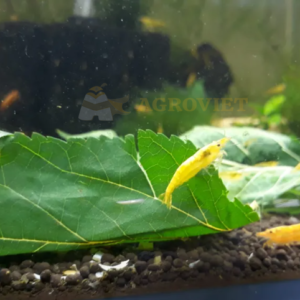
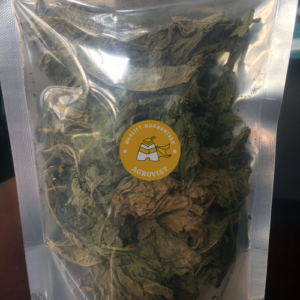







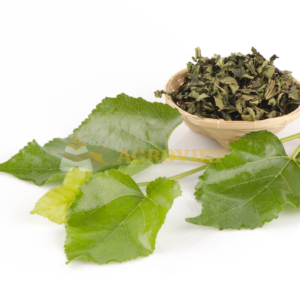













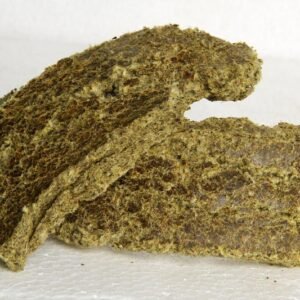

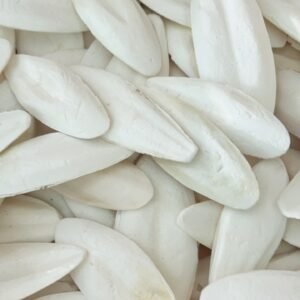



Reviews
There are no reviews yet.